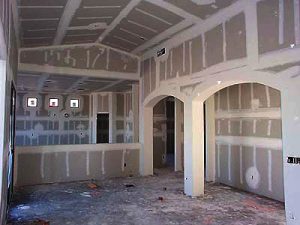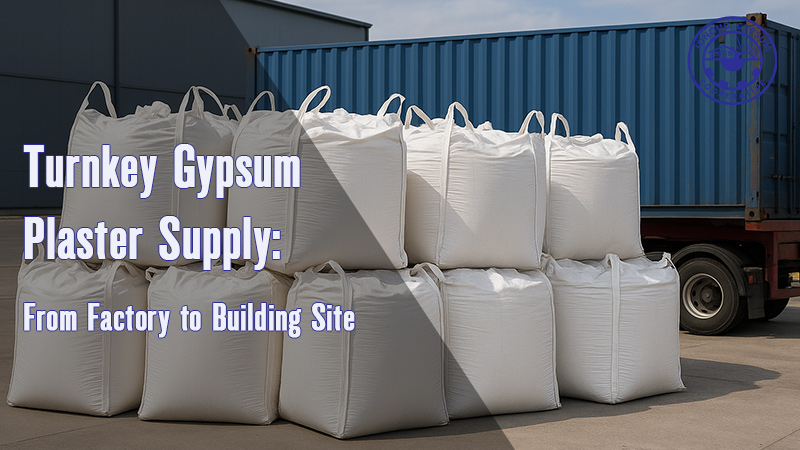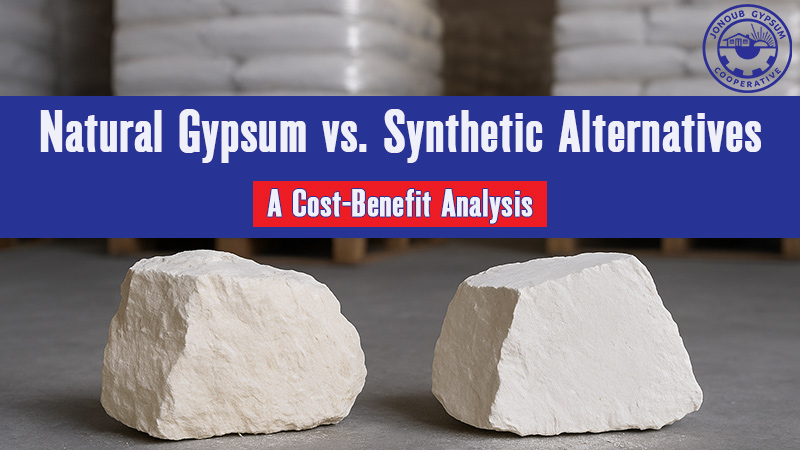Drywall Production & Execution
Drywall is also known as plasterboard, wallboard, gypsum board, sheetrock, gypsum panel. and gypsum board are made of gypsum and other additives formed as a board between two paper sheets. and used in building the interior walls and ceiling.

History
This product was first manufactured in 1916, however, it did not go well with the consumers. By the start of World War I, a great number of houses were ruined. People were looking for low-cost and lightweight houses and this system become of interest due to its low cost. Nowadays, a great number of buildings in the developed countries are constructed using this system.
Drywall Components
- Various types of gypsum panels
- Substructure profiles
- Parts & fittings
- Air sealing materials & surface preparation
Drywall Construction
This system includes lightweight steel frames with C, U, and L formed points. through which the gypsum boards (or cement flat boards) are connected to them using screws. Then, the cracks and screws are covered with special powders and prepared for painting. In this type of construction, instead of wet mortar (such as cement, sand, etc.) dry and ready panels are used.
Properties of Drywalls
Proper Seismic Performance:
Seismic performance of the drywalls is their most important advantage, especially in an earthquake-prone county such as Iran. These walls can resist the earthquake forces imposed perpendicular on their panels.
High Execution Speed:
High execution speed is among the main properties of drywalls. Besides, these walls can be painted immediately after the putty is dried or after the execution of the gypsum panel. gypsum panel execution high speed, and consequently, project execution duration reduction will influence quick return of the investments.
Easy Execution:
Execution of dry structure is quite easy. in many countries around the world, normal people, purchase the parts of the structure from construction materials and equipment stores. read the related instructions, and execute the structures using simple tools.
High Execution Precision:
In general, dry structures are considered examples of industrial construction of buildings. Due to the easy and standard execution methods, the execution errors and the costs caused by them are reduced. and the execution operations are carried out with very little construction material waste. and helps to save the materials, manpower, and time.
Reduction of A Building’s Deal Loads:
These walls are approximately 60 to 90 percent lighter than other masonry walls. From an economic viewpoint, styling can lead to a reduction of the costs of structure statics.
Increasing the Floor Area of Buildings:
The minimum thickness of pressed brick walls or clay block is normally about 15 cm. while the minimum thickness of drywalls is about 7 cm, which is a considerable difference. Using these walls increases the floor area inside a building by approximately up to 10%.
Possibility of Repairing & Replacing:
These walls can be repaired and their parts can be replaced easily and using simple tools.
Accessibility & Easily Repairing the Installations:
Placing installations in wall empty space and not burying it inside walls resolves corrosion problems and reduction of repairing cost. besides it facilitates access to the installations and repairing and maintaining them when utilizing the building.
Possibility of Execution on the Finished Floor:
This type of wall can resist various types of arches and fractures. besides, these walls can be executed on the finished floors as well. This capability facilitates the possibility of making architectural changes in the future.
Easy and Low-Cost Transportation:
The materials of dry structures are lightweight and have a small volume. which can help reduce the cost of transportation to the site and facilitates their displacement inside the site.
Execution of Expansive Surfaces with the Minimum Materials:
This property influences achievement of sustainable development in the field of building construction and prevents wasting non-renewable mineral resource.







